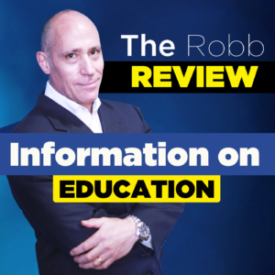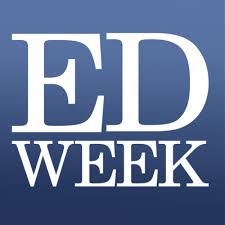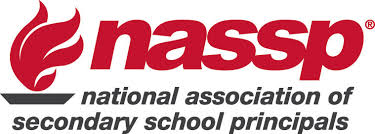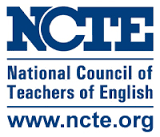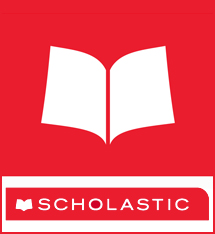A New Year: A New Look at Professional Development

Many years ago my principal asked me to attend a conference and then train the staff at our school. I tried to learn more about what training the staff meant. Was this a common practice? It seemed intimidating to me. The train the trainer model, taken from the business world, was becoming a popular term in education. It did not work for me.
Yes, I attended the conference, had a good time, and learned some. What was not good for me? The faculty meeting I had to lead a month later where I was to “train” the staff on what I learned. A horrible experience. I was not confident in the new information I learned while attending the conference and less confident to train a faculty where most were more experienced than me. Does your school or Division sing the praise of “train the trainer” models? I hope not. I have rarely seen them work. Many times staff can be great in front of 25 students but not comfortable at all in front of peers who they need to teach. I propose a new method, well not exactly new, I propose ongoing professional development. Professional development meeting the needs of the school, occurring at the school, and for all staff in the school.
There are two ways to start ongoing professional development in a school: hiring a paid consultant or a school-wide book/professional study. I will address both in two posts. In this post, I will give tips for using a paid consultant.
Assuming your school has access to professional support, the first step is to figure out what your faculty needs. This can be accomplished through conversation, data analysis, and observation. Pick one focus area all staff can benefit from in all disciplines. As an example, in my school, our year-long focus is differentiating instruction.
Tips for successful year-long professional development:
- Know what you want to focus on and work with staff to build a commitment.
- Secure an educator who can meet with your staff at least six times during the school year. Add the dates and times to your staff calendar, so staff knows when each session is over the course of the year. I like to focus on professional development days or use time in the place of regular faculty meetings.
- Along with several staff members, meet with the presenter to grid out what topics will be addressed during each session. Know what the outcome should be at the end of all sessions and communicate this to staff throughout the year.
- I am a stickler that a consultant will let staff know at the start of the session what they will learn. Also, there must be collaborative opportunities during the sessions, and a task staff will try in preparation for the next meeting.
- It is critical for the principal and other administrators to be part of all sessions. In my school all teaching staff, guidance staff, and administrators attend.
When reading this, you might think, O.K. it’s great, but it could be expensive. My counter, it is not if you cut back on sending staff to conferences and training. It is not costly if you consider the gain of all staff in your school receiving training instead of a few, or replacing “train the trainer” models which I do not feel are very successful. Bringing on-going professional development to your school it is the best way to generate excitement and energy for a full year. It is a positive and significant shift away from the one and done sessions and the false expectations that this method can bring change to a school. You want positive change to impact students and staff. Choose a school focus that is inclusive and work on it all year long through purposeful professional development.
Website: Robb Communications
Blog: The Robb Review Blog
Twitter: @ERobbPrincipal
Facebook: The Robb Review Facebook
Podcast, The Robb Review Podcast
![]()




